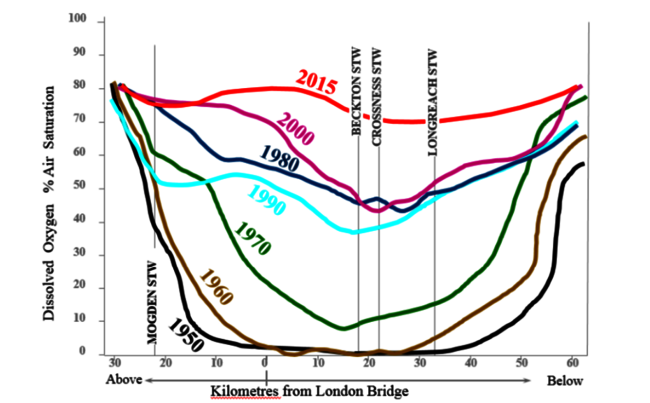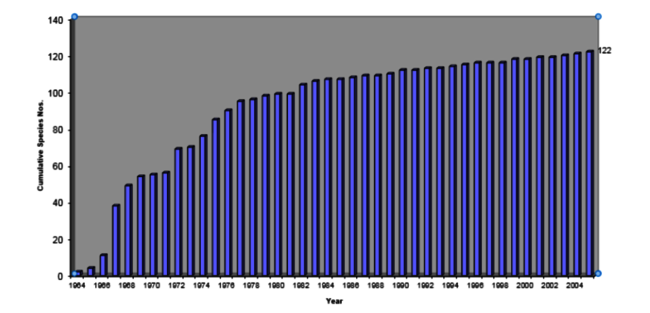Views
Investing in our rivers: a tale of two cities
Earlier this week, to much acclaim, it was announced that Paris was making a welcome £1.2bn investment to clean up the River Seine, allowing it to be used for swimming during next year’s Olympic Games.
Social media was rightly awash with praise for the French and their ambition and vision. Many asked whether similar investment was possible in England’s capital. The answer? Yes, and then some.
Let’s compare each capital’s iconic rivers. The Seine, like the Thames in London, has suffered, historically, with sewage and other waste polluting the river. Paris, like London, has a combined sewage system meaning wastewater and rainwater is mixed together. And, during periods of heavy weather, storm overflows are used, in both cities, as release valves to stop the sewers overflowing. The Thames, like the Seine, has been transformed in recent years with wildlife returning to a stretch of water that was once declared ‘biologically dead’:


The charts above show the historic recovery of the River Thames by illustrating the improvements to oxygen levels (except for a worsening between 1980 and 1990) and recovery of fish stocks. Water quality is expected to improve further with the additional investment now coming.
Like the Seine, the Thames needs more investment to truly transform. And it’s coming.
When opened in 2025, the £4.5bn, 25 km Tideway Super Sewer will have a capacity equivalent to 640 Olympic swimming pools (32 times the Paris underground reservoir) and will reduce sewage spills into the river by 95%. This is quadruple the level of investment underway in Paris.
But it’s not only in London where action is being taken. Across the country, water and sewerage companies are investing heavily in our rivers. Take United Utilities, for example, which serves both Liverpool and Manchester. Their colossal storage tank on the Fylde coast in Lancashire alone stores more than four times more water than the Paris underground reservoir.
In total we are proposing more than £10 bn worth of investment to replumb the country – the biggest overhaul of our sewers since the Victorian era. We plan to set out how this money will be spent later this year (but it will include the construction of huge numbers of massive storm tanks, perhaps the equivalent in size to around 4,000 Olympic swimming pools, across the country – as well as natural solutions like more grass to absorb rainwater before it runs into (and overloads) sewers.
The water industry hasn’t always got it right. We acknowledged this earlier this year, apologising for being too slow to act on sewage spills and their impact - but we have a plan to put it right. Look below the surface, and behind the headlines, and you will see companies are taking action now, with billions being spent. And there is much, much more to come.




